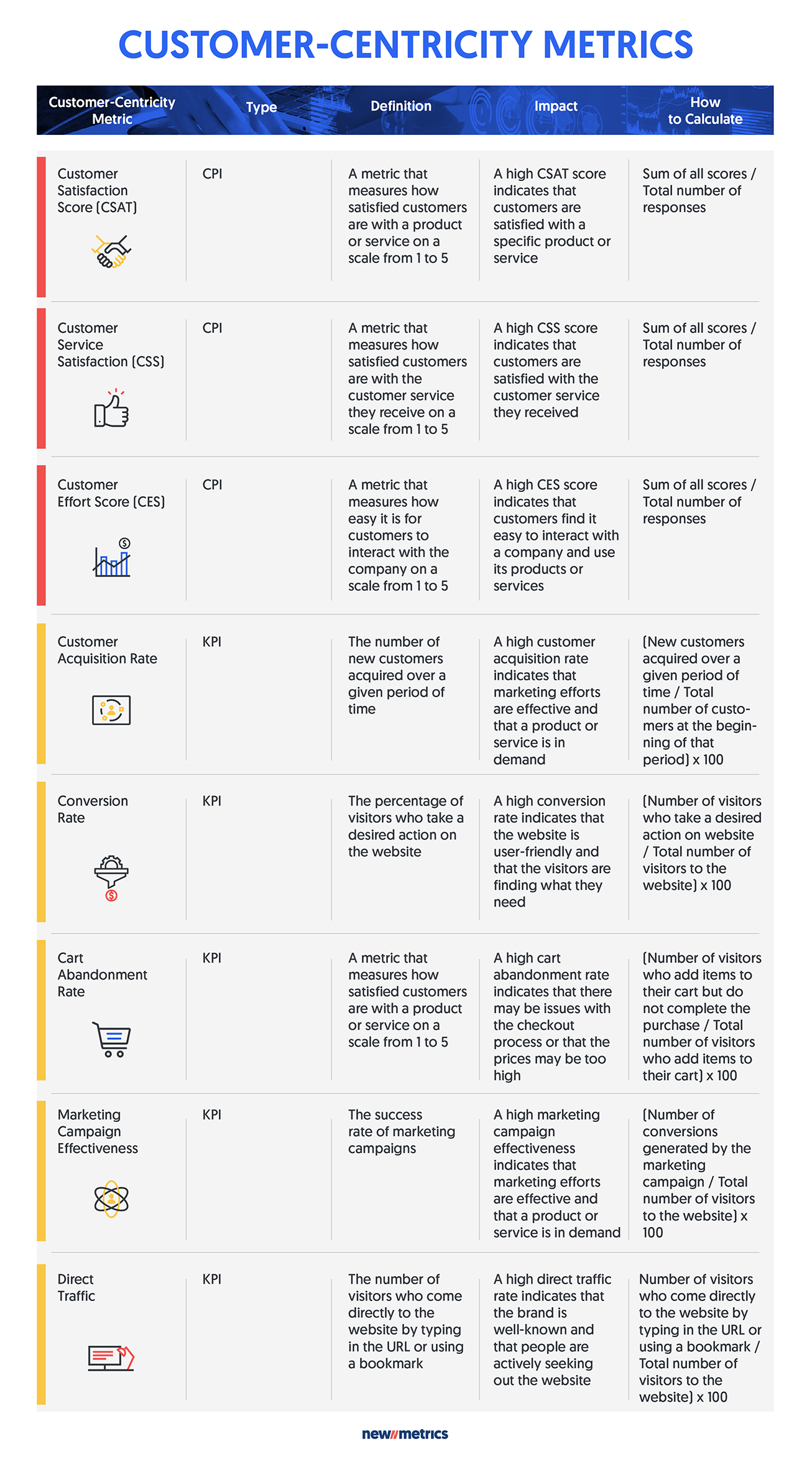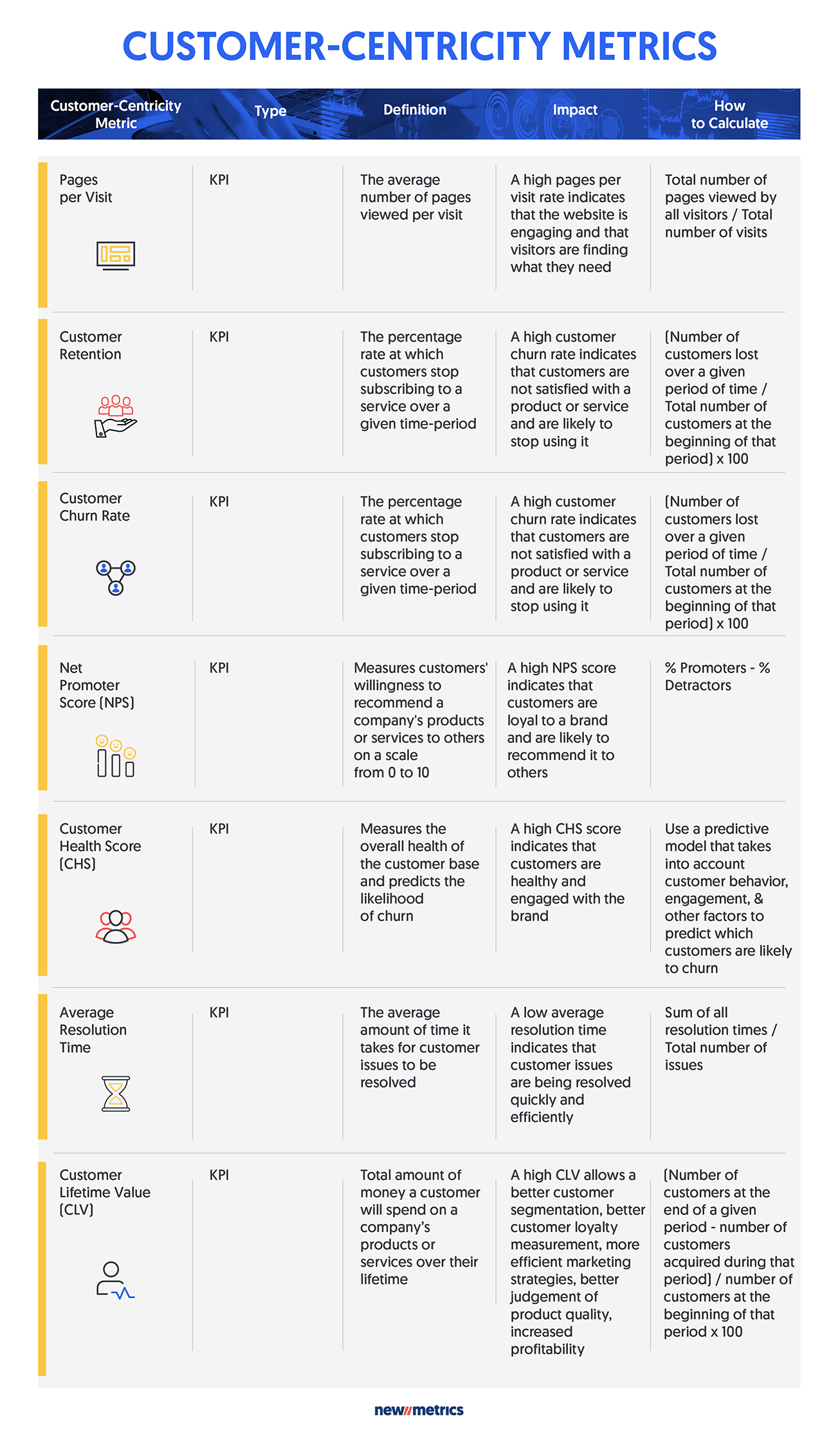
The Power of VoC in Driving Customer-Centricity
Customer-centricity is an essential practice for any business that wants to succeed in today’s competitive marketplace. According to Qualtrics XM Institute, good customer service experience heavily impacts recommendations. Consumers who rate a company’s service as “good” are 38% more likely to recommend that company.
Businesses that stand out are the ones that understand their customers’ needs and preferences and use this information to create exciting new products and services personalized to customer needs and expectations. By doing so, they provide a better customer experience, identify new opportunities for growth, and improve operational efficiency by reducing the number of customer complaints and support requests.
To be truly customer-centric, companies must first listen to their customers and continuously converse to understand their needs through a proper Voice of Customer (VoC) program.
The Benefits of Using VoC in Business
Voice of Customer (VoC) is a term that describes customer feedback about their experiences with a business’s products or services. It focuses on customer needs, expectations, understandings, and product improvement. In marketing, VoC summarizes customers’ expectations, preferences, and aversions. A widely used form of VoC market research produces a detailed set of customer wants and needs, organized into a hierarchical structure, and then prioritized in terms of relative importance and satisfaction with current alternatives.
VoC allows companies to understand customers better and make data-driven decisions to improve customer experience and drive revenue. A VoC program aims to turn customer feedback into direct business value by helping organizations identify and prioritize opportunities and create an actionable improvement plan.
Implementing a VoC program will:
• Improve customer satisfaction: Businesses can improve customers’ experience and increase their satisfaction with a product or service by listening to customers and acting on their feedback.
• Increase customer loyalty: Customers who feel heard and valued are more likely to remain loyal to a business.
• Increase in customer engagement: An increase in customer engagement means an increase in customer satisfaction and higher customer loyalty, as well as retention, which can result in higher revenue growth. Engaged customers are more likely to provide feedback and suggestions for improvement, which can help companies improve their products and services. Additionally, engaged customers are also more likely to recommend the company to others leading to increased brand awareness and new customers.
• Give a competitive advantage: By delivering a superior customer experience, a business can stand out from the competition and win over new customers.
• Allow data-driven decision-making: By using data to drive decisions, companies can make more informed choices based on their customers’ needs and preferences.
Best Practices for Implementing a Successful VoC Program
Implementing a successful VoC program requires more than just sending out a survey and waiting for the responses to roll in. Here are some best practices to keep in mind:
• Define the goals: What is the business hoping to achieve by implementing a VoC program? Clarifying the objectives will help in designing a program that meets a company’s needs.
• Understand the customer journey: As part of our methodology, we do journey mapping workshops to understand each customer interaction and touchpoint. This facilitates the program design.
• Program Design: After the journey mapping, we design the VoC program based on the identified interactions and touchpoints. The survey questions are mapped to these touchpoints. Additionally, we define the CX journey metrics we want to use in the surveys, like Net Promoter Score (NPS), Customer Satisfaction Score (CSAT), and Customer Effort Score (CES).
• Choose the proper feedback methods: Different methods of gathering feedback may be more effective for different types of customers or feedback. Companies should consider using various techniques to view their customers’ experiences comprehensively.
• Analyze the data regularly: Analyzing customer feedback will help identify trends and patterns and make data-driven decisions.
• Act on the insights: Companies should use the insights they have gathered to make meaningful changes that will improve their customers’ experiences to close the loop and act on these insights. Closing the loop means triggering tickets for CS agents to contact customers upon receiving negative feedback.
• Get executive commitment: Without buy-in from executives and other stakeholders, it can be difficult to implement a successful VoC program.
• Communicate the changes: Customers must know that their brand has listened to their feedback and acted upon it. It will help build trust and loyalty.
Tools and Resources for Implementing VoC
Implementing the VoC program begins with assessing the tools and resources that match the business objectives:
• Customer experience management software: CXM Platforms like Medallia and Qualtrics can help manage the VoC program by allowing a company to create and automate collected customers’ feedback. CXMs also analyze text analytics, close the loop through ticketing systems, and measure the customer experience across multiple touchpoints.
They work to break down customer information silos and instead offer a unified set of processes and actions to help companies create and deliver omnichannel experiences and track customer interactions throughout the customer lifecycle.
• Analytics tools: Tools like Fullstory can help analyze a website’s customer behavior and identify improvement areas.
• Sentiment analysis tools: Platforms like XM Discover can help analyze the sentiment of customer feedback and identify areas where customers are most satisfied or dissatisfied.
Analyzing and Interpreting Customer Feedback
To truly leverage the power of VoC, the collected data needs to be analyzed and interpreted. Depending on the size of the customer base, a business may receive hundreds or even thousands of responses to a single survey.
Interpreting the data involves identifying patterns and trends in the feedback and using those insights to make data-driven decisions. It’s essential to use tools and techniques such as clustering (a technique that groups similar data points based on their characteristics) and regression analysis (enables the analyzer to find the equation for the line of best fit and use it to predict the value of one variable given the value for the other variables ) to make sense of this data that can help identify these patterns and trends quickly and efficiently. Correlation analysis can be used to understand how two variables are related to each other.
To analyze unsolicited customer feedback, we use sentiment analysis which uses natural language processing (NLP) algorithms to identify positive, negative, and neutral sentiments in customer comments. By analyzing the sentiment of customer feedback, we can quickly identify areas where customers are most satisfied or dissatisfied and act accordingly.
Implementing Changes Based on Customer Feedback
After gathering customer feedback, it is crucial to analyze it and identify areas where the customers are most dissatisfied. This could include anything from product quality to customer service.
After identifying these areas, it is time to implement changes to improve the customers’ experiences. Depending on the feedback received, this could involve anything from making minor tweaks to a product or service to overhauling the entire customer experience.
The key is prioritizing the changes that will significantly impact the customers and business. Organizations should also ensure there is a plan in place for implementing these changes and that they communicate these changes with their customers.
One way to prioritize changes is to use a matrix that considers the impact of the change and the effort required to implement it. Changes that have a high impact and require low effort should be prioritized first, while changes that have a minimal impact and require high effort should be deprioritized.
Another way to prioritize changes is to use a Pareto chart, which can help identify the most common issues that customers are experiencing. A business can then focus on addressing these issues first before moving on to less common issues.
It is important to keep in mind that implementing changes based on customer feedback is an ongoing process. Gathering feedback continuously and making improvements over time to ensure that the business is meeting its customers’ needs and expectations.
Customer-Centric Culture: Connecting CPIs to KPIs
Most organizations use traditional KPIs to create a customer-centric culture. KPIs are metrics that measure the performance of an organization against its goals and objectives. The main KPIs used in CX are Net Promoter Score NPS and Customer Satisfaction Score CSAT.
To create a customer-centric culture, however, businesses must connect CPIs with KPIs. CPIs are metrics that measure the performance of an organization from the customer’s perspective. They help businesses understand how well they are meeting their customers’ expectations and identify areas for improvement. By aligning CPIs and KPIs, businesses can ensure that their efforts to improve customer satisfaction align with their overall business objectives. One way to connect CPIs to KPIs is by using VoC data.
By analyzing VoC data, businesses can identify the key drivers of customer satisfaction and use this information to set KPIs aligned with customer-centricity. For example, if customers consistently rate a business’ customer service as poor, it can set a KPI to improve its customer service metrics. In addition to using VoC data, businesses can also use other metrics to connect CPIs to KPIs. For instance, businesses can use customer retention rates as a KPI to measure the success of their customer-centric initiatives. If a business sees an increase in customer retention rates after implementing customer-centric strategies, its efforts are paying off. Also, by connecting VoC to CPIs, such as customer satisfaction scores, companies can ensure that they are taking the right actions to improve customer satisfaction. This can include addressing customer pain points, improving product quality, or enhancing customer service. Another way to connect KPIs to CPIs is by using customer journey mapping. This involves mapping customers’ touchpoints with a company, from initial awareness to post-purchase support. By aligning KPIs with each touchpoint, companies can ensure they measure the right metrics at each customer journey stage. By analyzing and distributing this data to relevant departments, they can identify and improve all stages of the customer’s journey by working together to enhance their products and services. For example, a company may measure website traffic and conversion rates at the awareness stage but measure customer satisfaction and repeat purchases at the post-purchase stage.
As the business landscape becomes increasingly competitive, customer-centricity will remain a key differentiator for companies looking to stay ahead.
A VoC program will help businesses understand their customers’ needs, expectations, perceptions, and pain points from their experiences with the brand, wherever they are in the customer journey. VoC will also allow businesses to build better products and services by providing a priceless glimpse into the customers’ minds and understanding their requirements.
Using VoC data and other metrics, businesses can create a feedback loop to improve their customer-centric strategies and drive long-term success continuously.


